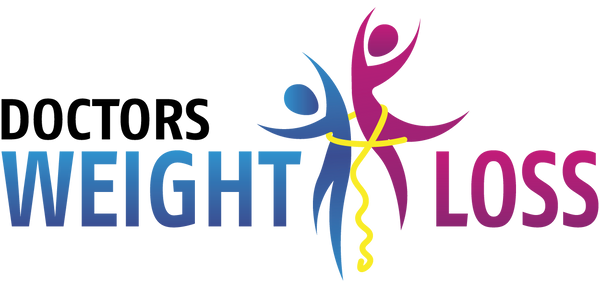Wouldn’t it be nice if healthy meals were delivered or (even better) if you had a personal chef to whip up dinner for you each night after a long day of work? Or maybe even one of those pricey food delivery services which could take the stress out of cooking every single night. Not having these atypical luxuries makes sticking to a regimented food plan quite difficult sometimes as laboring away in the kitchen between work and family can be impossible at times.
There is a process that several people employ to help get as close as possible to having ready-made healthy meals each evening (or even each morning and afternoon) without hiring a meal service or personal chef, and this technique is called batch cooking. Reflecting its name, batch cooking means exactly that--preparing and cooking large portions of meals all at once so you can keep extra in the freezer or fridge to simply unfreeze and/or reheat future meals. If you have never batch-cooked before, it’s easier than you may think and during this Covid-19 quarantine, now is as good of a time as any to learn. Once we’re all back to our hectic schedules, your newly found talent of batch cooking will come in very handy!
Stick to Your Goals While Saving Money
Besides the fact that batch cooking helps you to stay prepared and on track with your goals, it also cuts down on food waste. Astonishingly, the average American doesn’t use 650 pounds of food every year, all of it going to the trash. When you batch cook, you can prepare several different recipes that use the same ingredients, so you never have to find that flimsy, wilted half head of broccoli in the back of your refrigerator ever again. The process allows you to create an abundance of pre-made meals before your groceries expire and go to waste.
The 650 pounds of wasted food I previously mentioned can equate to upwards of $800 also in the trash, meaning batch cooking will save you money. In addition to the money saved in groceries that are consumed as opposed to thrown away, the temptation to swing by the drive thru or succumb to a bag of potato chips after walking in the door from work will be mitigated, as you will have a pre-made healthy dinner ready for you. The two-pronged benefit of saving money and sticking to your health goals makes batch cooking a worthwhile skill to have.
How to Start
The easiest way to start is by making larger portions--simply double or triple the dinner you were already planning. Since you’ll already have the cutting boards, knives, pots, and pans out (and you’ll have to clean up those items), and you’ll be preparing and cooking a dinner for two, you may as well make more food that can be refrigerated and eaten later that week. Essentially, you’ll produce six meals in almost the same amount of time that it would take to produce two.
Even if you don’t want to dedicate a Sunday afternoon to prepare, cooking, and freezing ten or even twenty meals (like some do), all you have to do is triple your dinner recipe a few times per week and you’ll definitely start to build up a stash! For example, if you’re making your favorite casserole, simply make more and portion it into freezer bags. A simple reheat from the microwave will give you another hot meal when you’re too busy to cook. This moderate and gradual way to batch cook is my favorite as it doesn’t seem to make much more effort than cooking a standard dinner--no saying goodbye to Sunday afternoons!
Versatile Crossover Ingredients
Using crossover ingredients is another key to batch cooking. There are some foods that are common in a variety of meals--let’s take onions, for example. Onions are found in casseroles, soups, stir fries and more and how many times have you found that shriveled up half onion in the back of your produce drawer? If you’re going to slice one quarter of an onion for one meal, you may as well just slice the whole thing or even two whole onions to create a number of meals.
For me, the biggest crossover foods are proteins--you can use them in so many different dishes and they are usually the most time consuming to prepare so having an already cooked batch of meat, chicken, or fish in the fridge is very convenient. It is very common for me to cook and store up to two pounds of chicken breast at one time--enough to last me through the week. I use it to add to salads, low-carb tortillas for tacos, and even just on its own to dip in hummus, or to pair with veggies.
How to Freeze
If you’re like me and only like to batch cook enough meals for a few days, you won’t need a freezer but if you become a batch cooking pro, you will need to become very familiar with how to freeze foods properly. Knowing what you can and can’t freeze is step one and you will find after a quick google search that most foods (except things like lettuce and cream cheese) can be frozen and re-heated. Knowing how long you can freeze for is step two--meat, seafood, soups, stews, and casseroles can be frozen for up to three months while vegetables can be frozen for up to eight months. Finally, make sure to freeze in the actual portions you will be eating and label everything by name and date frozen.
We hope these batch cooking tips will help you with, not only, having a quarantine stash of food, but also with your food prep and fitness goals once we return to our regularly scheduled lives. And if you’re thinking batch cooking isn’t your thing, we have you covered! Check out our easy to prepare entrees here that can be ready in less than five minutes.






